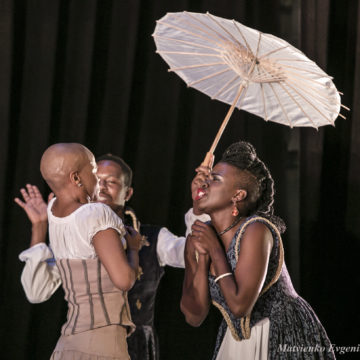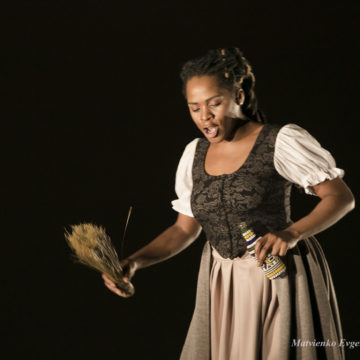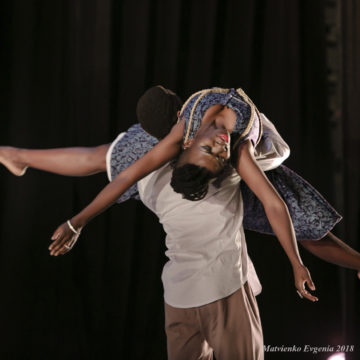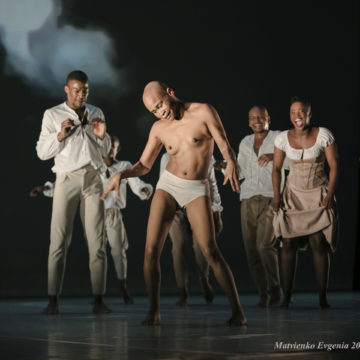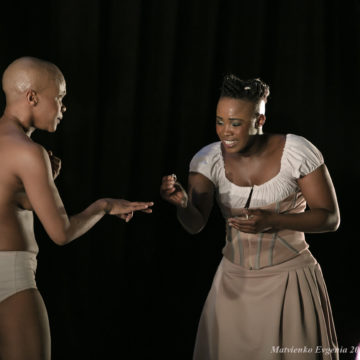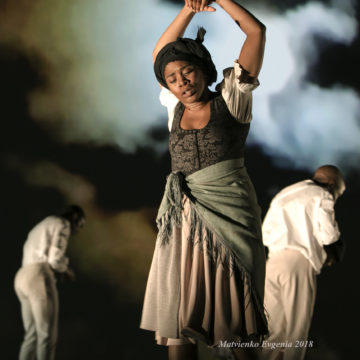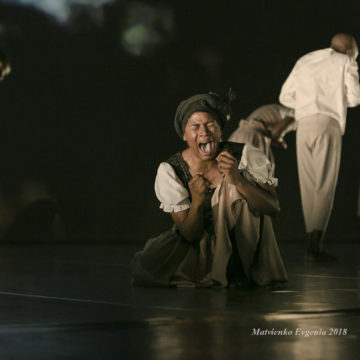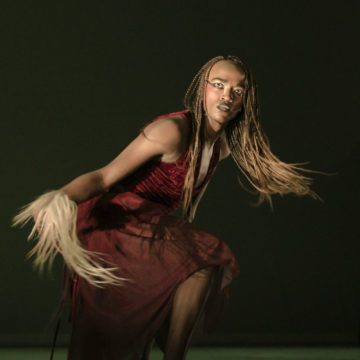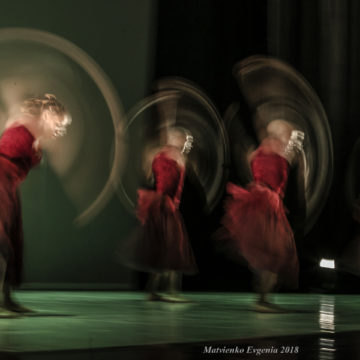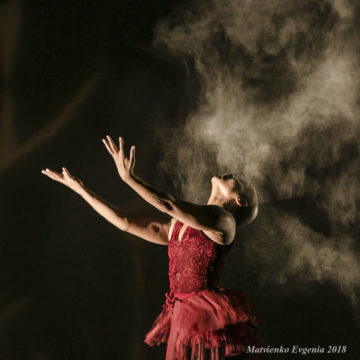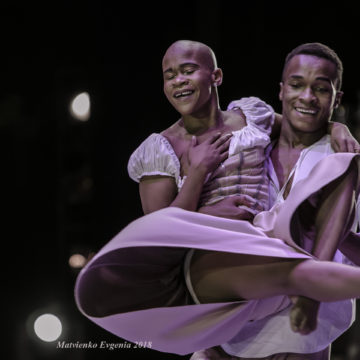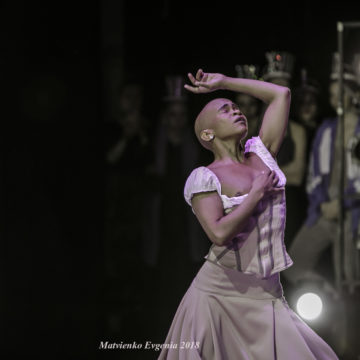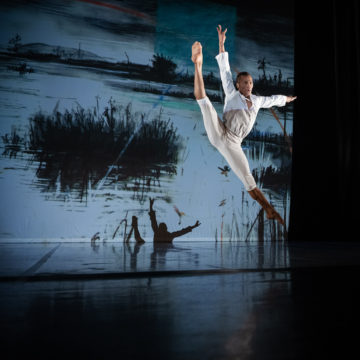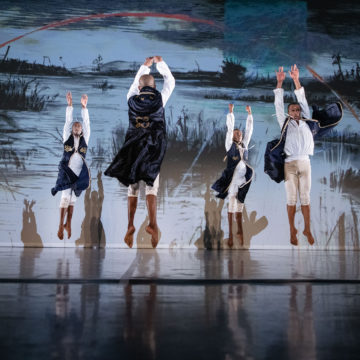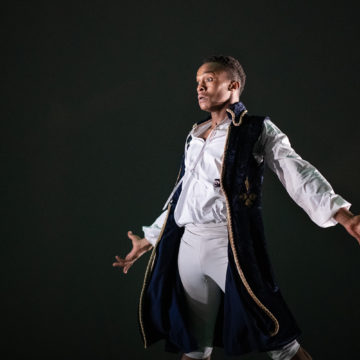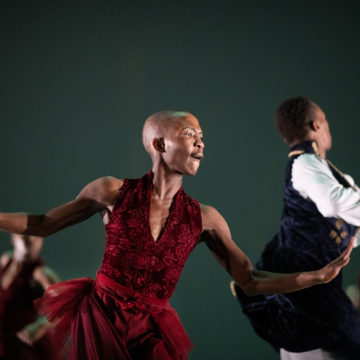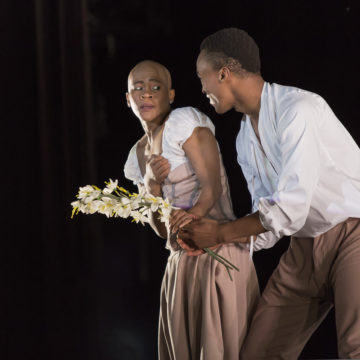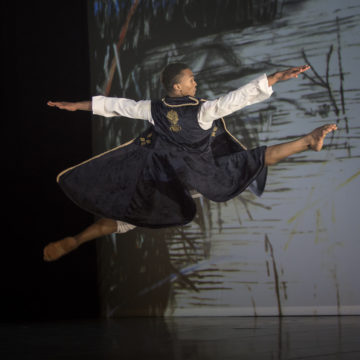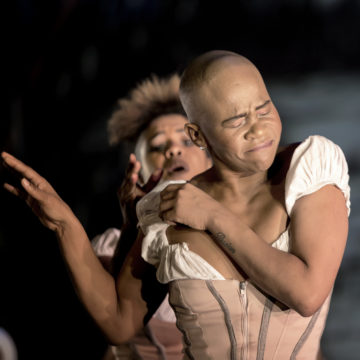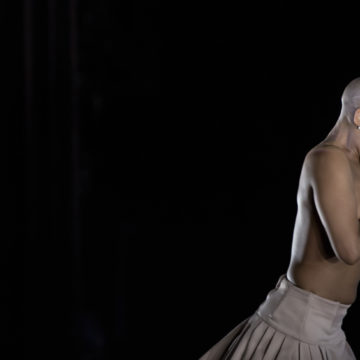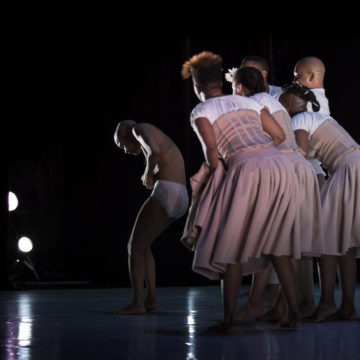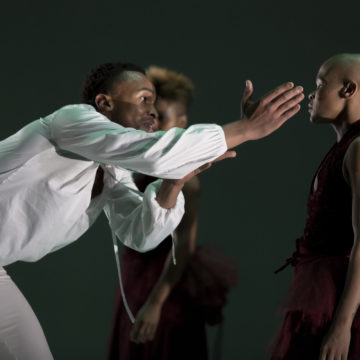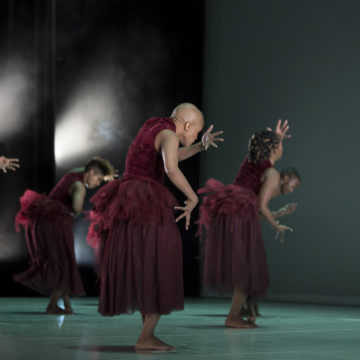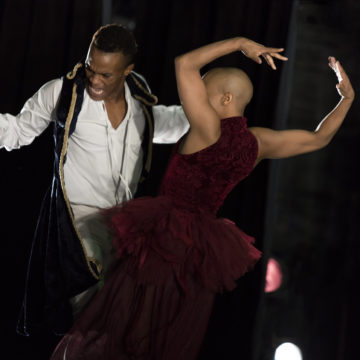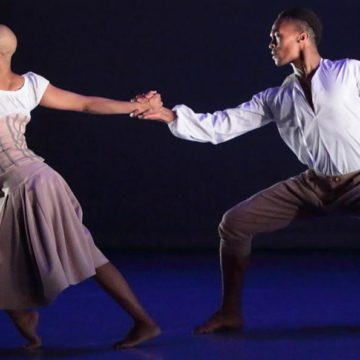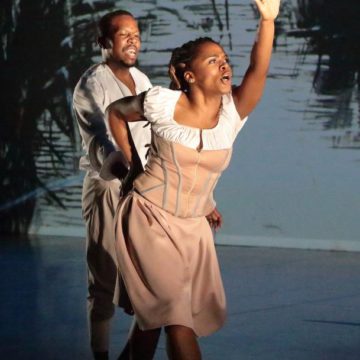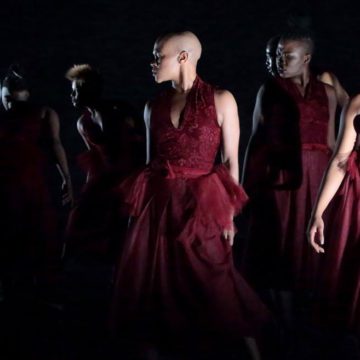Ballet “Giselle”. The Dance Factory, South Africa
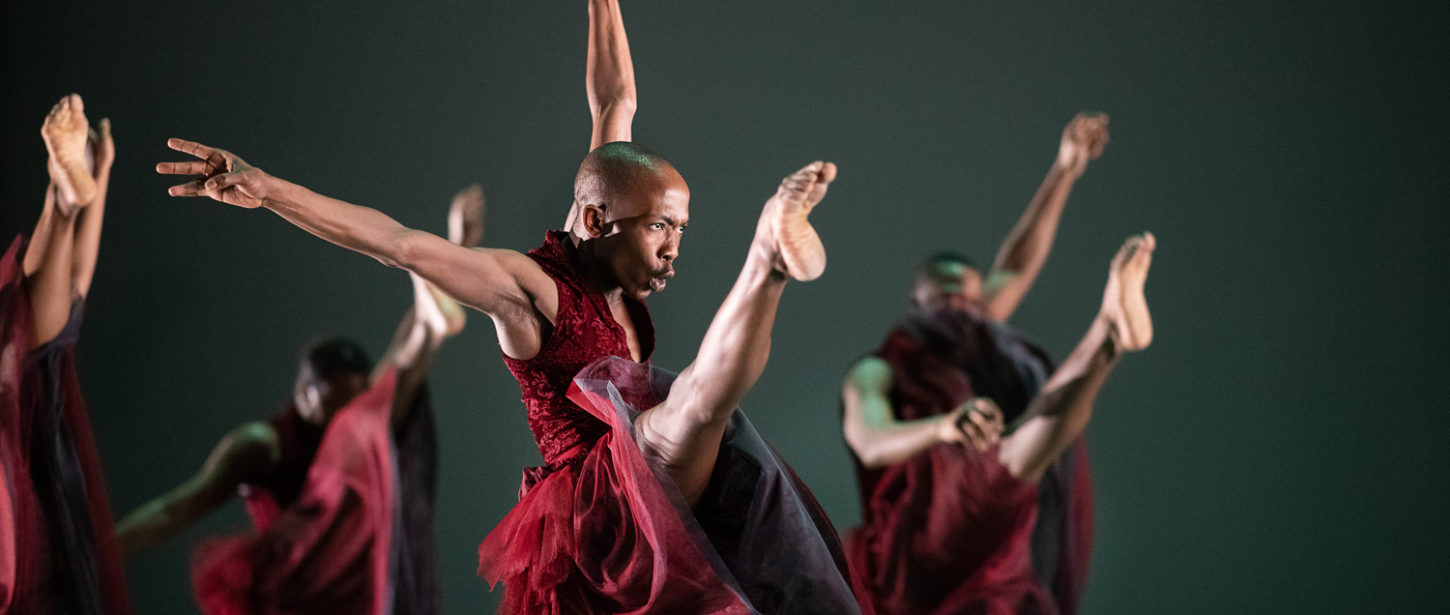
On November 26, the South African troupe of Dada Masilo «The Dance Factory» from Johannesburg presented they own version of the ballet “Giselle”. Masilo style combining folklore with contemporary dance and ironically prepared elements of classical dance. Willys in the reading of Masilo Dada appear as a formidable and inexorable killer, and Giselle, unlike the heroine of the classic plot, is not going to forgive her betrayer, but will avenge him.
Original story
The ballet is about a peasant girl named Giselle, who dies of a broken heart after discovering that her lover is betrothed to another. The Wilis, a group of supernatural women who dance men to death, summon Giselle from her grave. The target her lover for death, but Giselle’s love frees him from their grasp.
In an 1841 news article announcing the first performance of Giselle, Theophile Gautier (librettist) recorded his part in the creation of the ballet. He had read Heinrich Heine’s description of the Wilis in De l’Allemagne and thought these evil spirits would make a ‘pretty ballet’. Giselle, ou les Wilis was first performed by the Ballet di Theatre de l’Academie Royale Musique at the Salle Le Peletier in Paris on June 28th 1841, with Italian ballerina Carlotta Grisi as Giselle.
Dada Masilo‘s Interpretation
As with her previous works, Masilo’s will be a feminist revision. Myrtha, Queen of the Wilis, is a Sangoma. The Willis are spirits/ancestors who literally call Giselle to join them. Giselle does not forgive. Masilo’s vision is of grief, heartbreak, anger and revenge. ‘Hell hath no fury like a woman scorned.’ After Giselle’s revenge, she is released from the mortal world and can be a free spirit.
Dada Masilo
Dada was born and bred in Johannesburg, South Africa.She began formal training at The Dance Factory at the age of 11. She also attended Johannesburg’s National School of the Arts, from which she graduated at 17. After a year as a trainee at Cape Town’s Jazzart Dance Theatre, she was accepted at the Performing Arts Research and Training Studios in Brussels, where she remained for two years.
Returning to South Africa late 2006, she began to create work. In 2008, she was awarded the prestigious Standard Bank Young Artist Award for Dance. Three commissions from the National Arts Festival resulted in her Romeo and Juliet (2008), Carmen (2009) and Swan Lake (2010).
In 2011, she was invited to present a solo work for the Anticodes festival at Le Quartz in Brest, France. The work entitled The Bitter End of Rosemary led to a proposal to tour her works in Europe. So far, Swan Lake has toured extensively throughout France and also to 6 cities in Italy including Rome, throughout Switzerland, to Stockholm, Dusseldorf, Innsbruck, Hamburg, Luxembourg amongst others.
Masilo restaged her Carmen to open at the Lyon Biennale in September 2014. This began more extensive touring in Europe, including 5 weeks in Paris. In 2015 she toured both Swan Lake and Carmen. Her works were seen in Norway, Greece, Russia and The Netherlands. In November, Masilo appeared at BAM (New York) and at Yale University with Kentridge’s Refuse the Hour. She recently staged and performed Swan Lake in Ottawa, Montreal, 4 cities in the USA, finishing with 6 performances at The Joyce Theater, New York.
Masilo has a deep love for the classics – from Shakespeare to Tchaikovsky, from Ballet to Flamenco. As a dancer, she has impressed with her `signature speed` and also to imbue her roles with a precocious theatricality. As choreographer, she has been amazingly daring, tackling the `big’ stories and boldly fusing dance techniques; musically, mixing the original scores with twentieth century composers and performers.
The Dance Factory
The organization was established in 1992, in Johannesburg, South Africa, with the primary aim of creating a home for dance. In 1994, it moved from temporary accommodation to a renovated bus repair warehouse, where it now has a large studio and a 220 seat theatre. Based in the city centre, it is accessible to dancers and audiences from town and township. Between 1993 and 2001, The Dance Factory coordinated 9 annual dance festivals for Arts Alive, a project of the City of Johannesburg. These festivals were a platform for a wide range of dance: quality international guests such as Donald Byrd/The Group (New York), Rosas (Brussels), Scapino
Ballet (Rotterdam), professional dance companies from across South Africa, tertiary dance programmes, community dance groups, youth groups – covering styles ranging from classical ballet to gumboot, from physical theatre to pantsula. The festivals also offered training to young aspirant theatre technicians, many of whom are now stalwarts within the profession. The participation of township youth groups (selected by audition), brought to The Dance Factory, many highly talented young people. One such, was the 11 year old Dada Masilo, with the Soweto-based youth group, The PeaceMakers.
At the request of group leaders, The Dance Factory instituted a programme of formal training. For a good 10 years, this was primarily funded by The Royal Netherlands Embassy. What began as a once a week project, developed into an intensive 7 days a week programme, where up to 60 under 18s received training in ballet and contemporary dance and performed works by South Africa’s best emergent choreographers.
The Dance Factory also accessed funding for formal education at the National School of the Arts and other establishments which offered quality academic tuition. Of course, many youngsters could not stay the course, but those who remained were assisted, on leaving school, to continue their training both in South Africa and abroad. On leaving the Performing Arts Research and Training Studios in Brussels, Dada Masilo returned to The Dance Factory, where she became Artist-in-Residence. As such, she had access to the studio and theatre and received technical and administrative support in order to develop her career.
Photos © Evgeniya Matvienko
Photos © Mark Olich
Photos © Olga Mikhailova
Photos © Evgeny Pronin
